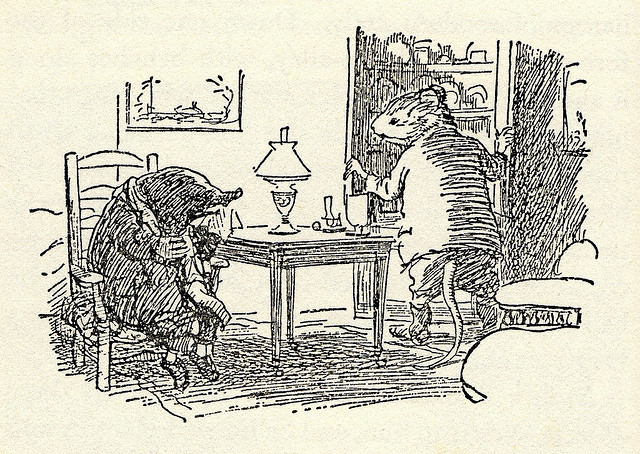
‘Rat,’ he moaned, ‘how about your supper, you poor, cold, hungry, weary animal? I’ve nothing to give you— nothing— not a crumb!’
Not a whinge-fest, but rather a feast.
There’s plenty of food in stories for children, a veritable banquet of it. In the classics, who can forget Edmund and the White Witch’s Turkish Delight? Or Ratty’s ‘little picnic ‘ in ‘The Wind in The Willows’ ?
“There’s cold chicken inside it,” replied the Rat briefly; “coldtonguecoldhamcoldbeefpickledgherkinssaladfrenchrolls
cresssandwichespottedmeatgingerbeerlemonadesodawater -“
‘The Hobbit’ opens with a lavish tea-party and ‘Hansel & Gretel’ would not be the same without the Gingerbread House.
Enid Blyton provides this for the Famous Five:
‘A large ham sat on the table, and there were crusty loaves of new bread. Crisp lettuces, dewy and cool, and red radishes were side by side in a big glass dish. On the sideboard was an enormous cake, and beside it a dish of scones. Great slabs of butter and jugs of creamy milk were there, too, with honey and home-made jam.’
You could argue that writers like Tolkien, Blyton and Lewis who endured rationing were celebrating the food they had missed – but it doesn’t explain the centrality of food in earlier stories.
It’s there for the same reasons that it turns up in the work of some of the best adult writers. First of all, it is central to all human experience. No matter what our background, we share this need. No wonder a widely-read YA title is ‘The Hunger Games’. Children and young people especially can identify with that.
Secondly, it brings the senses into the story. For the reader, these make the world come alive. For the writer this gives us wonderful opportunities:
- Taste is obvious – Butterbeer anyone?
- But what of smell? The stewed rabbit in Ithilien with herbs that remind Sam and Frodo of the Shire. What a poignant contrast to where they are heading.
- There’s sound too: the noises of preparation, the eating itself perhaps. No-one said it had to be nice – just convincing.
- Textures and colours of fish, meat, fruit and vegetables – all available to give your setting depth. There are more dishes than stew-in-a-cauldron – even in Fantasy.
If you want inspiration – read Chocolat by Joanne Harris, The Lollipop Shoes or Peaches for Monsieur le Curé. You can taste what she writes.
A third reason is sheer pleasure. We want books that entertain, that bring us at least a little joy amongst any bleakness. Thus we get Wonka’s Whipple-Scrumptious Fudgemallow Delight in Dahl ( and many many more sweets in his work) . Laura in The Little House on the Prairie making ingenious Maple Candy by pouring syrup on snow and Tracey Beaker’s much-loved Smarties. Even the names are fun: jawbreaker, humbug, gobstopper, lollipop…
Fourth – which is more for the writer than the reader – there are the practicalities. These create real action, things for characters to do with purpose. We can use these to show wealth or poverty, the generous or the mean-spirited, the neat or the slovenly. Meals can show affection – or isolation for the central character. They are credible set-pieces for negotiations. It’s common to most cultures to celebrate births, marriages and sometimes even deaths with food.
That gives lots of opportunity for culture clashes – maybe humorously shown.
And all those actions can run alongside dialogue. We can give our characters ‘business’ as the acting profession put it. So many ways we can give a ‘beat’ in dialogue – show a pause, and yet still move the scene on a little. Food really can be very useful.
Finally, it is the root of our word ‘companion’ – a person we share bread with. Eating together is a lovely way of expressing friendship – especially in an adventure. As Tolkien says:
If more of us valued food and cheer and song above hoarded gold, it would be a merrier world.
Do you have favourite scenes of eating and drinking?

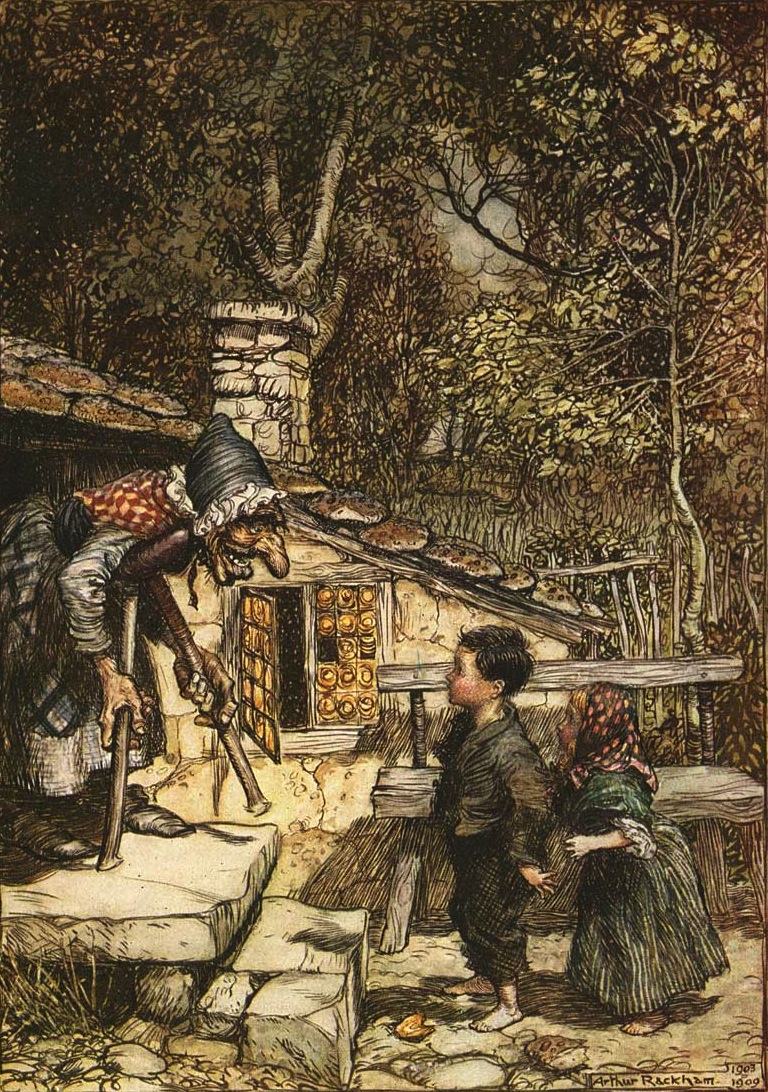
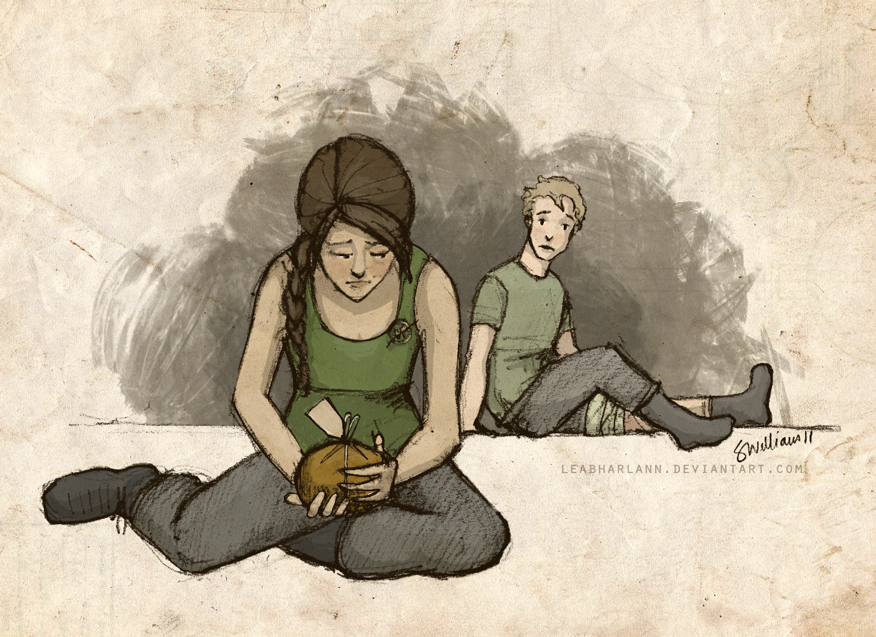

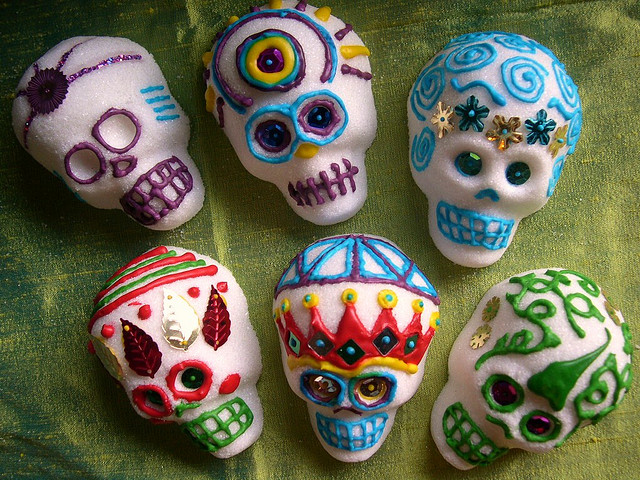
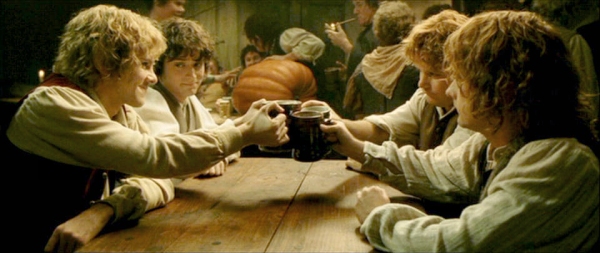
Brilliant post Phillippa!
Thank you, Jan.
A nice post to read over lashing of ginger beer! X
Thanks Charlotte – interestingly Blyton never mentioned ginger beer or lashings thereof.
Great post and so true.
That’s kind of you to say so, Deborah.
Pingback: Ten-Minute Blog Break – 3rd February | Words & Pictures